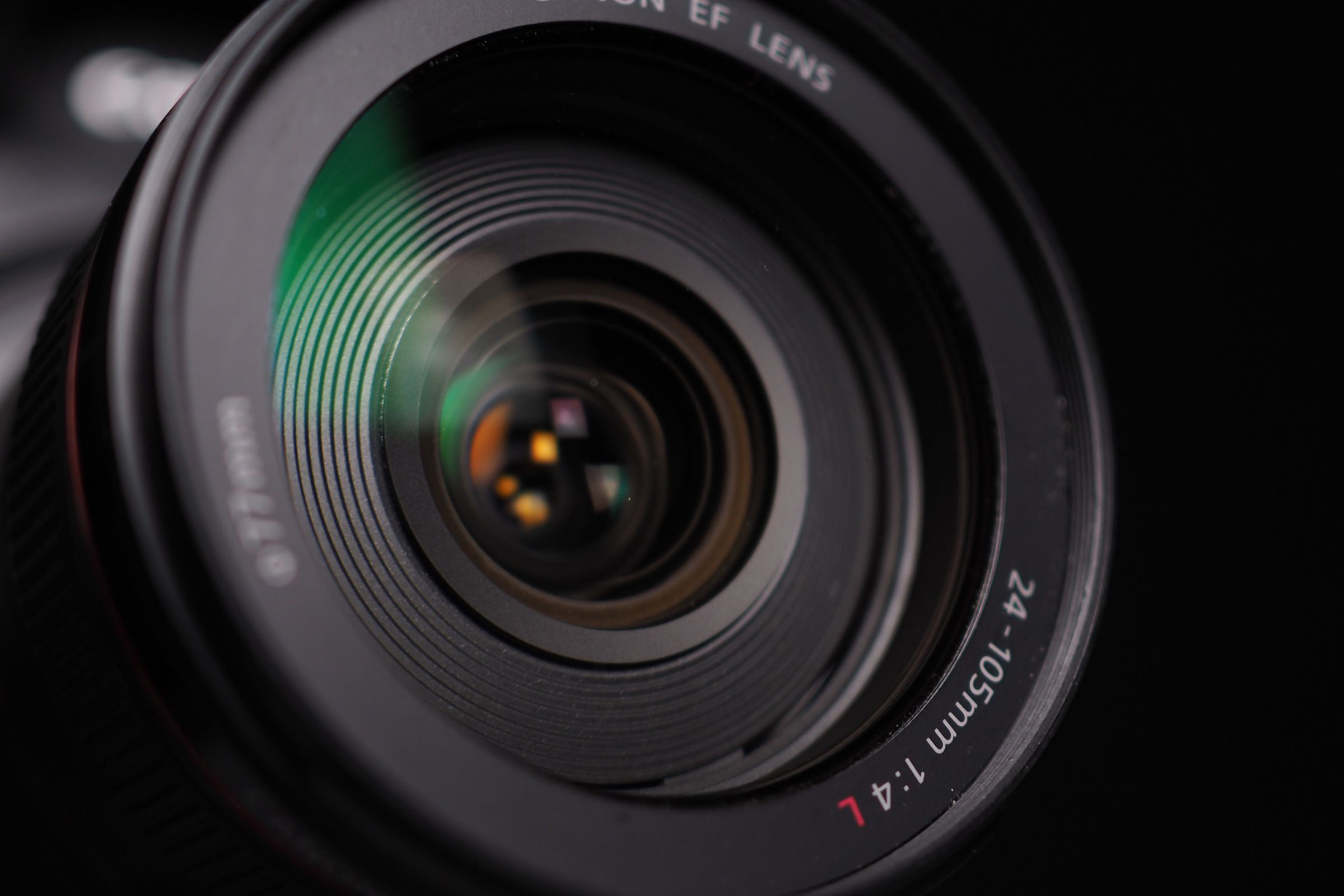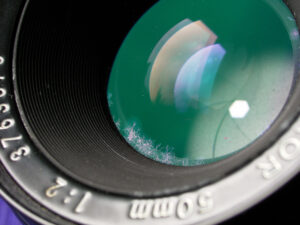Wondering how camera lenses are made? This article gives you a quick yet comprehensive guide to lens manufacturing. We’ll start by answering your main question right off the bat and then delve into the nitty-gritty details of materials, design, and production methods. Stick around to explore:
- What materials are used in lens creation.
- The role of lens designers.
- The manufacturing process from start to finish.
- Quality control measures.
- The future of lens manufacturing.
Why It Matters: Knowing How Your Lens is Made
Knowing how your lens is crafted isn’t just for trivia; it offers invaluable insights. Understanding the production process can help you appreciate the intricacies involved and make informed decisions when purchasing new lenses. Plus, a deeper understanding can enrich your photography journey, giving you the upper hand in choosing the lens you need.
The Role of Knowledge in the Lens Market
The more you know, the better your buying decisions. When you grasp what goes into making a lens, you can better evaluate a lens’s quality and, subsequently, its value. This directly impacts the lens market by encouraging manufacturers to maintain high standards.
Preliminaries: Design and Market Needs
Before any glass is melted or polished, designing the lens is the first crucial step. Lens designers identify the potential market, decide on the optical design, material, and a suitable fabrication method. This section uncovers the early planning stages of lens creation.
The Role of Lens Designers
Lens designers have a significant role in shaping both the physical lens and the market it will serve. They use specialized tools and computer simulations to make sure the lens will perform as needed. They’re the architects in the realm of optical design, laying the foundation for the manufacturing process.
Identifying the Market
Lens designers start by pinpointing the potential market. This could range from professional photographers to hobbyists, and even include specific photography styles like macro or landscape. Once the market is identified, the next steps involve deciding on the design specifics.
Material Choices: Glass vs. Plastic
When it comes to camera lenses, material matters. The most commonly used materials are optical glass and plastic. Each has its pros and cons, affecting not just the lens’ performance but also its price.
Optical Materials in Detail
- Optical Glass: Known for high light transmission and less distortion.
- Plastic: Lightweight and cost-effective but could compromise on image quality.
These materials are not just arbitrarily picked; they are chosen based on the lens’ intended use, cost, and required performance standards. Choosing the right material is crucial in lens manufacturing.
The Manufacturing Process: From Glass to Lens
Now that we’ve established the planning and material choices, let’s get into the nuts and bolts of how a camera lens is actually made. This process can differ from company to company; some may use full automation with industrial robots, while others might lean towards a more manual process.
Mixing and Melting
The first step involves mixing glass powder, then melting it into a liquid form. The melted glass is then shaped into a larger strip, from which small, measured squares are cut. This sets the stage for the next steps in lens making.
Grinding and Polishing Lens Elements
Once the squares are cut, each piece undergoes grinding and polishing to shape it into the needed lens elements. This process corrects any optical aberrations, ensuring that light rays focus correctly. Here, accuracy is key, and this is one of the aspects where quality control is crucial.
Importance of Shape
The lens shape, whether concave or convex, plays a huge role in how it refracts or bends light. The exact shape is optimized to minimize issues like chromatic aberrations and to improve lens performance.
Coating the Lenses
After polishing, lenses are often coated to improve light transmission and reduce issues like glare. Various coating materials can be used, but the aim is always to improve the lens’s performance. This is also a stage where lens filters can be considered for further enhancing the lens’ ability to manage light.
Types of Coatings
- Anti-Reflective Coating: Reduces glare and increases light transmission.
- UV Coating: Blocks harmful UV rays.
Assembling the Lens
The last step involves putting it all together. The ground and coated lens elements are placed into a lens barrel, which is the body of the lens. Other components like aperture blades and focusing mechanisms are also added at this stage.
The Lens Barrel
A lens barrel’s role is not just to hold the lens elements; it also needs to be sturdy and, in some cases, waterproof. The material and design choices in the barrel can impact the lens’s overall weight and durability.
Final Touches: Quality and Precision
Once assembled, each lens undergoes a stringent quality control process to ensure it meets the manufacturer’s specifications for quality and performance. This includes various lens tests and measurements to ensure the lens meets all design goals.
Quality Control Measures
- Optical Testing: Checks for distortions, sharpness, and other performance metrics.
- Mechanical Testing: Ensures the lens barrel, focusing mechanisms, and other parts work smoothly.
The Future and Summary of Lens Manufacturing
We’ve walked you through the detailed process of designing and manufacturing camera lenses. But the lens-making world is ever-evolving, thanks to advancements in technology and materials. In this final section, let’s take a peek into the future and summarize the key steps in lens manufacturing.
The Future of Lens Manufacturing
With constant research and development, the future holds exciting possibilities for camera lenses. From new materials to sophisticated fabrication methods, the sky’s the limit.
Emerging Trends
- Use of New Materials: Companies are exploring exotic glass types and even liquid lenses to improve light transmission and reduce cost.
- Computer Simulations: As technology improves, computer simulations will become even more accurate, reducing the need for multiple prototype lenses.
- Automated Processes: Automation is likely to play an even bigger role, especially in quality control, to ensure each lens meets increasingly stringent performance metrics.
Summary Table: How Camera Lenses Are Made
| Steps | Description |
|---|---|
| Planning & Design | Identifying the market and designing the optical layout. |
| Material Selection | Choosing the right glass or plastic for lens elements. |
| Grinding & Polishing | Shaping the lens elements for desired optical performance. |
| Coating | Applying coatings to improve lens performance. |
| Assembly | Putting lens elements and other components into a lens barrel. |
| Quality Control | Testing the assembled lens to ensure it meets quality and performance standards. |
FAQs
What Materials Make a Camera Lens?
Camera lenses are primarily constructed from optical glass or plastic. Different types of coatings and materials are also used depending on performance requirements.
How Is Lens Glass Produced for Cameras?
The manufacturing process involves a series of steps such as grinding and polishing the glass into the lens shapes. Subsequently, coatings may be applied for better light transmission and glare reduction.
How Does Canon Make Their Lenses?
Canon follows a detailed and rigorous manufacturing process, from the design stage to grinding, polishing, and quality checks, ensuring excellent optical performance.
What Categories of Glass Are Used in Camera Lenses?
Optical glass is commonly used for making camera lenses. Different subtypes like flint and crown glass can be used depending on the specific design needs.
What Materials Are Used in Making Nikon Lenses?
Nikon primarily uses optical glass, sometimes incorporating plastics. These materials are then processed through grinding, polishing, and coating.
Are Camera Lenses Made from Glass or Plastic?
Both materials find application. Generally speaking, glass offers better optical quality, while plastic lenses are lighter and more cost-effective.
Are Glass Materials Still Being Used in Lens Making?
Yes, glass continues to be a popular material in lens production because of its superior optical characteristics compared to plastic.
Is Pyrex a Common Material for Making Camera Lenses?
Pyrex glass is not a standard material used in camera lenses. Specialized optical glass is typically used for lens manufacturing.
What Types of Material Are Found in DSLR Lenses?
DSLR lenses are generally made using high-quality optical glass, which undergoes processes like grinding, polishing, and coating for optimal performance.
Conclusion
Making a camera lens is a complex process that requires a blend of art and science. From planning to the final quality check, every step is crucial in crafting a lens that photographers can rely on.
Is it time for an upgrade? If you’ve learned a lot about lenses, you might be wondering whether to invest in a new lens or camera body. Check out our guide on Should I Upgrade My Camera Body or Lens to help you make an informed decision.
And there you have it! You’re now equipped with a wealth of information on how camera lenses are made. Whether you’re a budding photographer or a seasoned pro, understanding the manufacturing process adds another layer to your photography journey.






![Read more about the article How to Store Camera Lenses Properly for Longevity and Performance [2023]](https://photographyexplorer.com/wp-content/uploads/2023/08/How-to-Store-Camera-Lenses-Properly-300x200.jpg)

